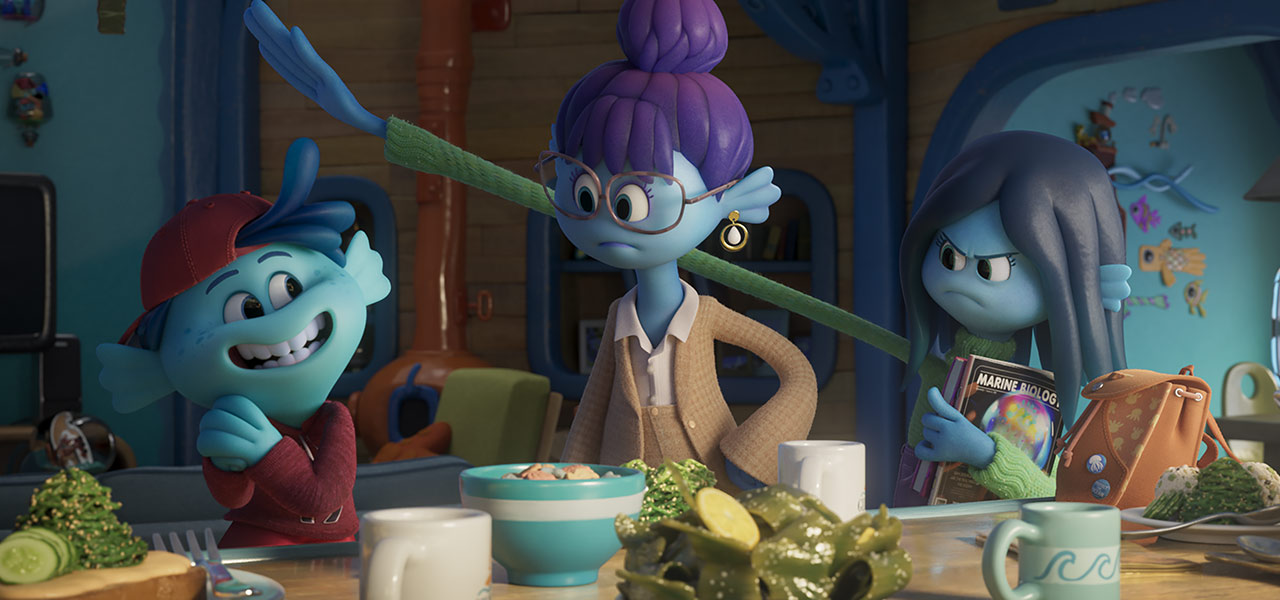DreamWorks Animation’s latest release, ‘Ruby Gillman, Teenage Kraken,’ experienced a disappointing opening weekend, earning just $5.2 million domestically. This places it as the worst opening for any DreamWorks film. The film’s lackluster performance is disheartening, particularly considering its reported budget of over $295 million.
Continued Trend of Flopping Big-Budget Movies:
The underwhelming box office results of ‘Ruby Gillman’ are part of a broader trend seen in recent big-budget releases. Earlier disappointments include ‘The Flash’ and ‘Transformers: Rise of the Beasts.’ The disappointing reception of these films serves as a reminder that it is crucial to accurately gauge audience preferences and desires, rather than solely catering to shareholder expectations.

‘Indiana Jones and the Dial of Destiny’ Takes the Lead:
As predicted, ‘Indiana Jones and the Dial of Destiny’ emerged as the weekend’s top earner, raking in $60 million domestically and a global total of $130 million. However, these figures still fall below expectations, especially for a film that marks Harrison Ford’s final appearance as Indiana Jones. With a reported budget exceeding $295 million, the lower-than-anticipated box office performance is cause for concern.
Ruby Gillman, Teenage Kraken Challenges Animation and Middling Numbers for Other Releases:

The disappointing performance of ‘Ruby Gillman, Teenage Kraken‘ contributes to the current challenges faced by the animation genre. Even industry giants like Disney and Pixar are grappling with lackluster numbers, as evidenced by the middling results of ‘Elemental.’ These circumstances suggest that animation may be going through a difficult phase at present.
Lessons to Be Learned from Ruby Gillman, Teenage Kraken:
The poor reception of ‘Ruby Gillman‘ highlights the importance of aligning with audience expectations and desires, rather than solely focusing on financial considerations. It serves as a reminder that even well-established franchises and big-budget productions can falter if they fail to resonate with viewers.
As the industry evaluates these recent disappointments, it becomes evident that a reevaluation of storytelling choices and a more attentive approach to audience preferences are essential for future success.
